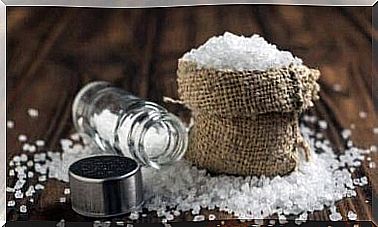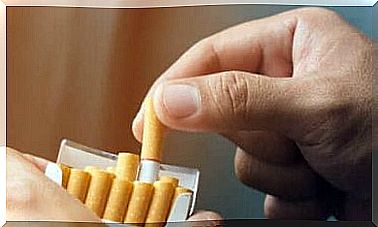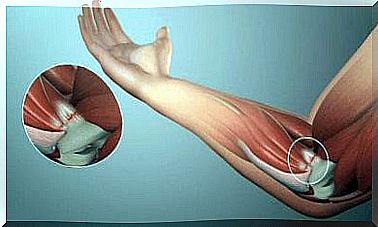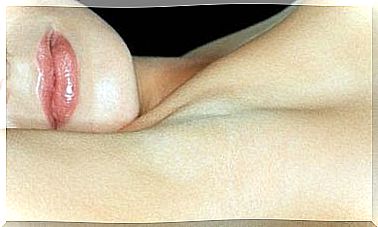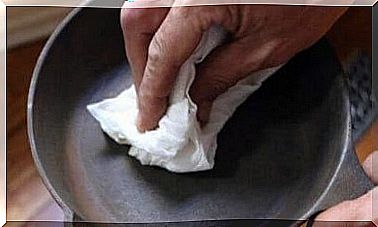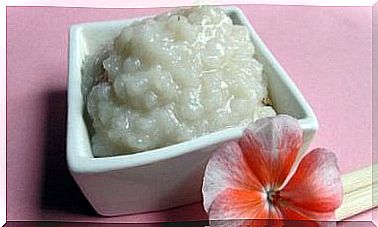How To Prevent Ingrown Nails

Ingrown nails are very painful and can turn a normal day into a nightmare if we have to walk or wear tight shoes.
Although ingrown toenails are quite common, we can also get ingrown fingernails that prevent us from easily picking up objects.
In this article we will tell you how to prevent ingrown nails.
Ingrown nails: the reason why they occur
Nails play an important role as a barrier to prevent bacteria from entering the body.
In addition to cutting them for aesthetic reasons, it is important to keep them in good condition for our health and hygiene.
It is therefore very important to know that a poorly cut nail can cause many problems (including ingrown nails).
If we include wearing tight shoes or fine shoes, the problem gets worse and can become so painful that we can not think of anything else.
Ingrown nails are not only painful, but also cause redness and inflammation in the finger or toe area due to the pressure. In more extreme cases, plaster may also appear.
Cut your nails correctly so that they do not become ingrown
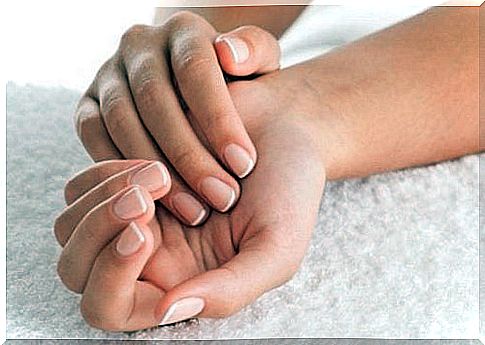
If we are prone to ingrown nails, we should be very careful when cutting our nails.
We can get help from professionals or be very careful when we cut them ourselves to avoid extra pain.
Take advantage of an afternoon at home to give your nails a complete treat.
This is what you need
- Exfoliating soap
- Cuticle remover
- Straight nail clippers
- Cardboard nail file
- Toothpick
Here’s how to do it
- Before you begin, we recommend letting your feet soak in lukewarm water. You can add lavender flowers, eucalyptus, Epsom salts or whatever comes to mind.
- Leave your feet in the foot bath for about 15 minutes so that the nails soften and it becomes easier to cut them.
- So, exfoliate your feet well (especially your heels ) and give them a massage. Do not forget to rinse them and dry them well with a soft towel.
- Then use the cuticle remover to soften the area and remove excess skin with the toothpick.
- Cut your nails straight so that they are square. You can use the nail file to help you do this.
Do not cut your nails too short in the corners, as this increases the chances of them becoming ingrown.
The cotton dot technique for ingrown nails
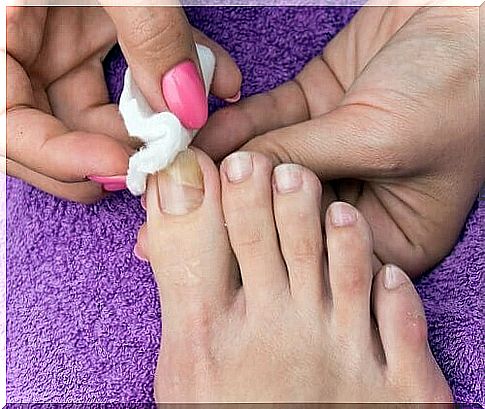
When we suffer from ingrown nails and can not go to a podiatrist, there are some home remedies that can really help. For example, we have the cotton swab method.
First, allow your feet to soak well in water that is as warm as you can endure with a handful of Epsom salts for at least 15 minutes.
In addition to making the nails softer, this also helps prevent infections.
This is what you need
- A cotton ball
- Tweezers
- Nail clippers
- Antibacterial ointment
- And bandage
Here’s how to do it
- Cut the nails in a straight line without sharp points near the edges of the nail.
- With tweezers, gently lift up the ingrown nail and place the small cotton ball underneath.
- Press lightly so that it does not come out and cut off excess cotton that protrudes beyond the toe.
- Apply the ointment or cream to prevent infections and apply the bandage as tightly as possible.
- Try not to wear very tight shoes or socks in the next few days.
- Change cotton every day or every other day.
Home treatments for ingrown nails
In addition to trimming your nails properly or using the cotton method, there are other very effective home remedies that can help you with this problem:
Water with iodine solution
Every day when you get home from work, take off your shoes and take a foot bath in a bowl of lukewarm water with a measure of povidone-iodine.
This medicine is a powerful antimicrobial agent that fights fungi and other infections and prevents pus from forming in the ingrown nails.
Lemon slices
The acid in this citrus lady fights infections and can help prepare your nails to be cut.
- Cut a slice of a lemon and place it on the affected nail.
- Wrap it in a bandage and leave it on overnight.
Essential oils

Oils are good for hydrating and softening the skin, as well as for reducing the pressure of the nail when certain types of shoes are used.
- We recommend tea tree oil (antibacterial and antifungal) and baby oil (which also has a good smell).
Plaster
You can reduce the pressure that the nail has on the skin by pulling the nail backwards with a strip or plaster. When the area is less red and the inflammation goes down, you can continue by cutting the nail.
How to prevent ingrown nails
Taking care of your nails is always important, not only if we are exposed to ingrown nails.
Maintaining them in good condition is not a complicated task and does not cost much money. If we are consistent, we can do it ourselves at home.
It is very important to have the right tools and to be very careful.
We also recommend that you always keep your nails short and straight to prevent them from becoming ingrown. You should cut them about every three weeks, or once a month.
Remember not to give yourself a pedicure when you have an ingrown nail, as this can make it worse. First you need to reduce the swelling and infection.
During the time it takes to cure the nail, wear wide shoes to avoid pain and to prevent the nail from becoming more ingrown.
Only wear shoes when you need them. At home, walk barefoot or wear footwear that leaves your toes uncovered.
Main image from © wikiHow.com
